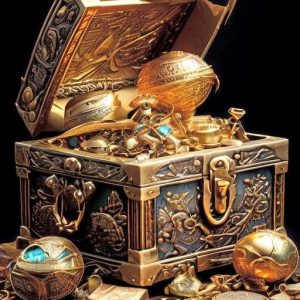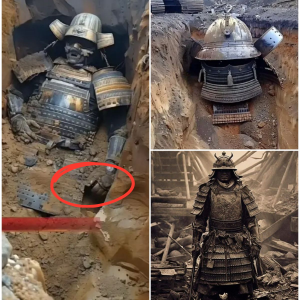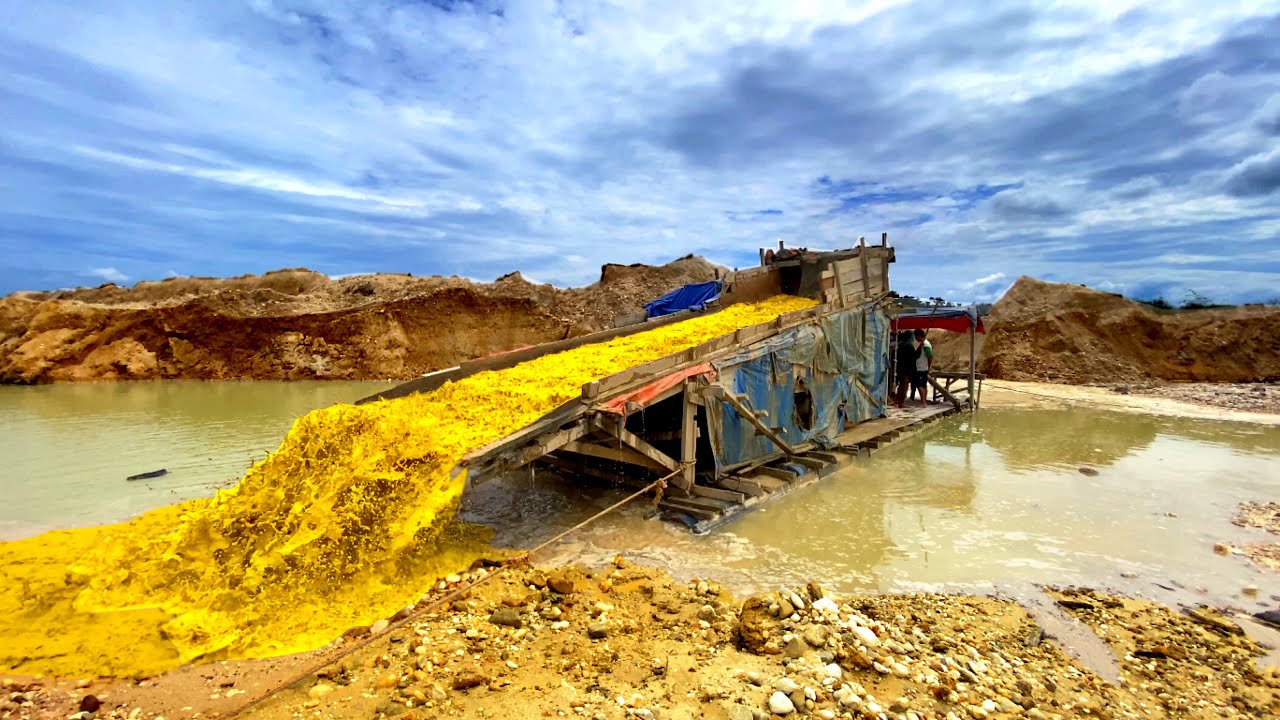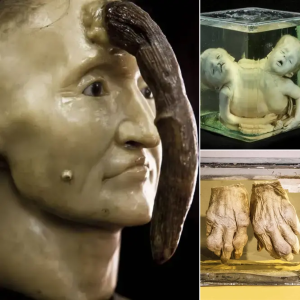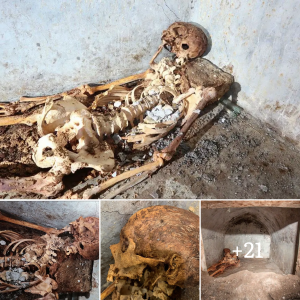Seated in a yellow plastic laundry basket attached to two thick ropes, I was lowered into the earth. The light got dimmer, the temperature colder. A musty smell filled the air. The only sound was from the workmen above handling the ropes and yelling, “shweya!” (slowly).
One miscue and I could fall 100ft.
I was inside a burial shaft in Saqqara, the ancient necropolis roughly 19 miles south of Cairo. In recent months, a series of discoveries has captivated the world of archaeology.
The most significant find came in January, when archaeologists found inscriptions showing that the temple they were unearthing belonged to a previously unknown ancient queen, Queen Neit. She was the wife of King Teti, the first pharaoh of the Sixth Dynasty, which ruled more than 4,300 years ago as part of Egypt’s Old Kingdom.
I was descending into the cemeterial netherworld below her funerary temple. With every discovery, the government’s hopes rise that more tourists will arrive, bringing much-needed foreign currency and creating new jobs for millions
Midway down the shaft, the walls took on a honeycomb pattern, with large shelves carved into them. Thousands of years ago, they held painted coffins and mummies wrapped in linen and reeds. The shaft narrowed as I passed through a wood frame that supports the walls. Just above the bottom, water glistened on the walls like jewels.
The basket touched the ground.
My eyes adjusted to the dark. On the floor were two limestone coffins. Both damaged, their contents looted, perhaps more than 2,000 years ago. Who had been buried here? How and why were their coffins lowered so far into the earth? And how did the thieves know where to look?
“Our civilisation is full of mysteries,” NeRmeen Aba-Yazeed, a member of the archaeological team, said afterwards. “And we have discovered one of these mysteries.”

Before the inscription was found, King Teti was thought to have had only two wives, Iput and Khuit. But the realisation he had a third, Neit, with her own temple, was prompting a rethink of those ancient days.
“We are rewriting history,” Zahi Hawass, Egypt’s most well-known archaeologist and its former antiquities minister, would say later in the day.
Ancient history is being revealed in many parts of Egypt these days. In early February, archaeologists found 16 human burial chambers at the site of an ancient temple on the outskirts of the northern city of Alexandria. Two of the mummies had golden tongues, which Egyptian Antiquities Ministry officials say was to allow them to “speak in the afterlife”.
That same month, a massive 5,000-year-old brewery – believed to be the world’s oldest – was discovered in the southern city of Sohag. The beer, researchers hypothesise, was used in burial rituals for Egypt’s earliest kings.

Last month, ruins of an ancient Christian settlement were discovered in the Bahariya Oasis, nestled in Egypt’s Western desert. The find sheds new light on monastic life in the 5th century AD.
And just last week, archaeologists announced they had unearthed a 3,000-year-old “lost golden city” in the southern city of Luxor, a discovery that could be the biggest since the tomb of the boy king Tutankhamun.
With every discovery, the government’s hopes rise that more tourists will arrive, bringing much-needed foreign currency and creating new jobs for millions. Egypt’s tourism-dependent economy has suffered in the past decade from the political chaos that developed after the 2011 Arab Spring uprising.

The Saqqara necropolis is at once a centre of the country’s aspirations and of its subterranean secrets. It was part of the burial grounds for the ancient capital, Memphis, its ruins now a Unesco World Heritage site.
In Saqqara, 17 kings built pyramids to house their remains and possessions for what they believed was the transition to the afterlife. These pyramids include the world’s oldest, the Step Pyramid of Djoser, built in the 27th century BC. Recent finds have drawn the world’s attention, depicted in the Netflix film Secrets of the Saqqara Tomb and National Geographic’s Kingdom of the Mummies TV series.
In November, for instance, archaeologists dug up more than 100 ornately painted wooden coffins, some with mummies, and dozens of other artefacts, including amulets, funeral statues and masks. Some of the coffins had been found on those shelves I had passed during my descent.

After I emerged from the burial shaft, Hawass, 73, explained how the discoveries were reshaping the understanding of Pharaonic times.
“Now we are writing a new chapter in the history of the Old Kingdom by adding the name of a new queen of Teti that he never announced before,” he says, standing in the temple’s ruins, wearing his trademark wide-brimmed Indiana Jones hat and a cream-coloured safari jacket over a denim shirt and jeans.
But there was more to consider than just the emergence of a new queen. Could Neit have also been Teti’s daughter? Hawass’s team had found inscriptions that referred to Neit as the daughter of a pharaoh.

Incest would not be new for the ancients. In Egyptian lore, the god Osiris had married his sister Isis. Pharaohs were widely believed to have married their sisters and daughters but that was during reigns later than Teti’s Sixth Dynasty.
Hawass asks: “Is she a daughter of a king of the Fifth Dynasty, or is she a daughter of Teti? If she is a daughter of Teti, it would be the first time in Egyptian history to have a king marrying his daughter.”
A short walk across the sand was another burial shaft where even more had been discovered about Teti’s legacy.
I followed Hawass down a ladder, 36ft into the ground. At the bottom, in a space the size of a walk-in closet, were wooden coffins stacked in piles. They were painted in hues of blue and red, some with intricate images of gods and goddesses. They still contained mummies, Hawass says, and the names of the deceased are written on the decaying wood. His team found 54 coffins here.

of ancient Egyptians (For The Washington Post)
From inscriptions on the coffins, the team has traced the subterranean cemetery to the 18th and 19th dynasties of Egypt’s New Kingdom, from more than 3,000 years ago. The discoveries were shedding light on a little understood period of Saqqara between 1570 and 1069 BC.
Teti, it appears, had been worshiped as a god in the New Kingdom. Many of his followers wanted to be buried around his pyramid, often visiting coffin and mummification workshops in Saqqara, Hawass says.
The poor were placed in simple wooden coffins but the colourful, ornately decorated ones that I was seeing had belonged to Teti’s wealthy followers.
Placed inside the coffins were miniature wooden boats, games, pottery and tiny gold pieces to carry and use in the afterlife. Little statuettes and amulets carry the shapes and names of gods and pharaohs.
Among the artefacts discovered were pieces of a 15ft papyrus that included texts of the Book of the Dead, a collection of spells written by priests to help the deceased pass through the underworld and into the afterlife.

(For The Washington Post)
Inside a store room, Ahmed Tarek and Maysa Rabea are placing the jagged pieces of the papyrus together, like trying to solve a jigsaw puzzle. They are also restoring and studying artifacts to gain more understanding of how Egyptians prepared themselves for the afterlife.
Shards of pottery found in the rubble unveil new details of ancient life. Many were imported, evidence that trade flourished between Egypt and Palestine, Cyprus, Crete and Syria.
Mohamed Mahmoud reassembles pieces of pottery to make them whole. In the tent next door, Asmaa Massoud analyzes skulls and other bones to determine age and cause of death. Next to her, in a small wooden box, is the mummy of a child.
“The excavations and artefacts show how much Saqqara was important in the New Kingdom,” Hawass says. “They tell us more about the beliefs, not only for the rich, but also for the poor.”
Some of the discoveries, however, defy explanation.

